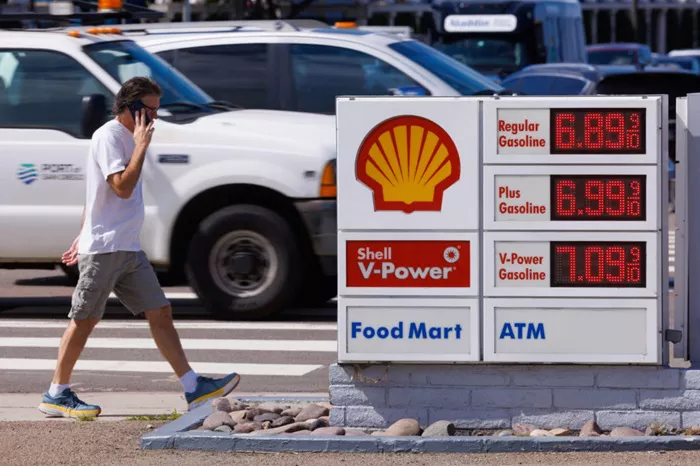Crude oil prices slipped on Thursday, reversing earlier gains, following fresh data from the American Petroleum Institute (API) that showed rising fuel inventories and a surprise price cut from Saudi Arabia for Asian buyers.
Brent crude fell to $64.76 per barrel, while West Texas Intermediate (WTI) declined to $62.59 per barrel, both down from Wednesday’s closing levels. The downturn came after Saudi Arabia slashed its official selling prices for July deliveries to Asia — the second consecutive monthly cut — bringing them to their lowest levels in nearly four years.
The API report further pressured prices by revealing a significant build in gasoline inventories, which rose by 4.7 million barrels during the final week of May. Middle distillate stocks also increased, albeit modestly, by 760,000 barrels. Despite a notable 4.2-million-barrel decline in U.S. crude oil inventories, market participants largely focused on the fuel inventory data, which pointed to softening demand.
Analysts were caught off guard by the depth of the Saudi price cut, as expectations had leaned toward a more modest reduction. The lower-than-expected adjustment is likely linked to increased domestic crude consumption in Saudi Arabia, where oil is used for power generation during the summer’s peak cooling season.
“A smaller reduction was likely due to strong domestic crude burn in Saudi Arabia and refinery runs that could limit barrels available for export,” an Energy Aspects analyst told.
Adding to the bearish sentiment, OPEC+ announced plans to boost production by 411,000 barrels per day starting in July. Although the market’s initial reaction was muted due to ongoing geopolitical tensions — particularly the latest flare-up in the Russia-Ukraine conflict — the production hike reinforced fears of a potential oversupply.
So far in 2025, crude prices have dropped approximately 12%, driven by persistent forecasts of a looming supply surplus. While the predicted glut has yet to materialize, traders continue to price in expectations of future oversupply, maintaining downward pressure on the market.


